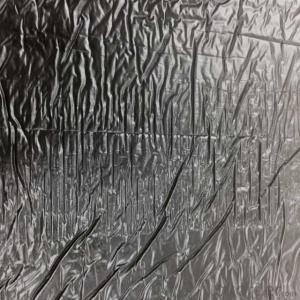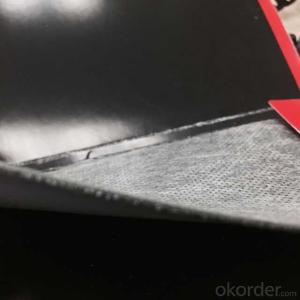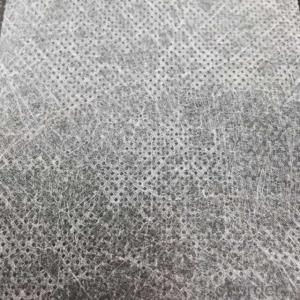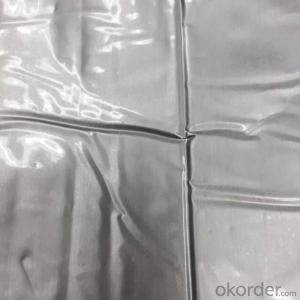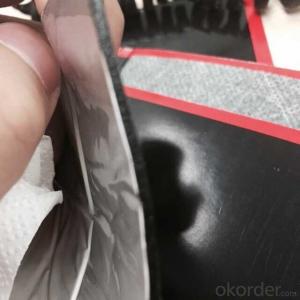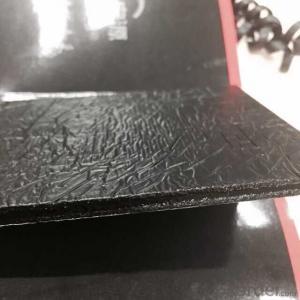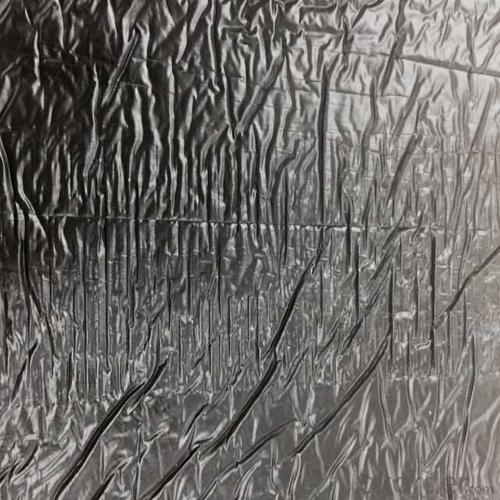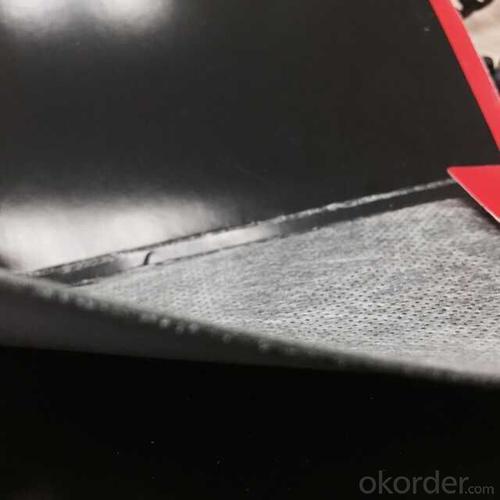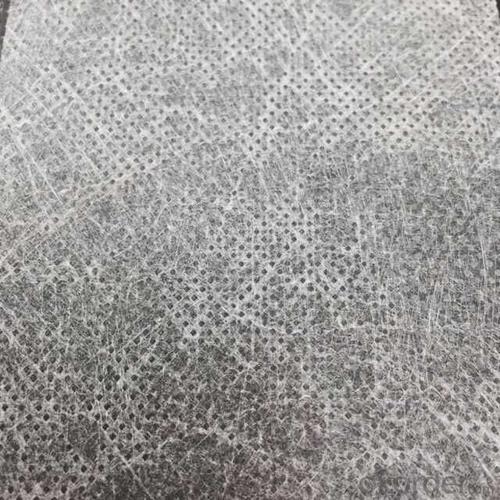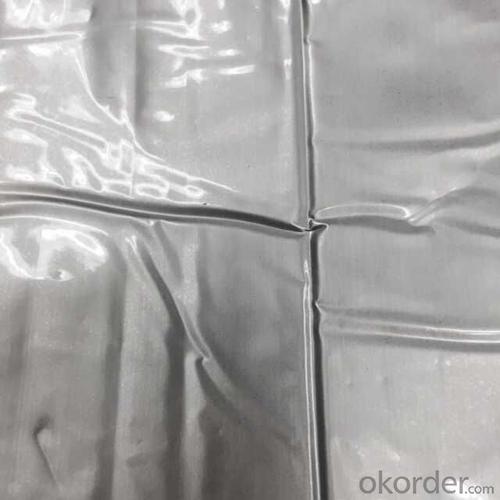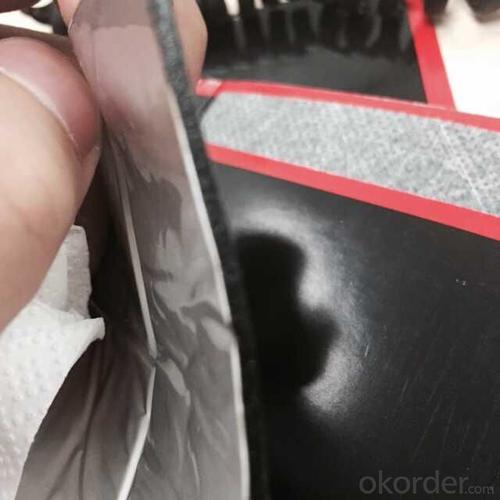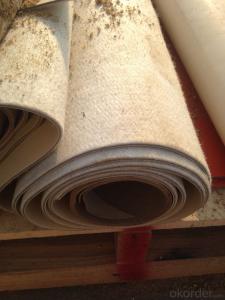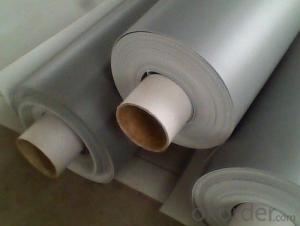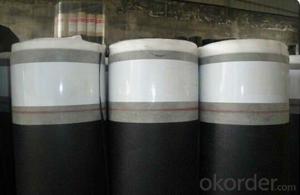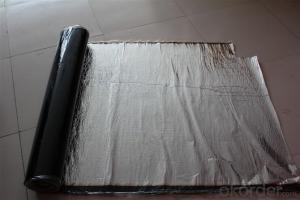Self-adhesive Waterproof Membrane CMAX Brand
- Loading Port:
- Qingdao
- Payment Terms:
- TT OR LC
- Min Order Qty:
- 2000 m²
- Supply Capability:
- 60000000 m²/month
OKorder Service Pledge
OKorder Financial Service
You Might Also Like
Specifications:
Self Adhesive Bitumen Waterproof Membrane
Introduction Self-adhesive Waterproof Membrane :
SBS(Styrene Butadiene Styrene) /APP (Atactic Polypropylene) modified bitumen membrane is made by saturating the base in bitumen, or thermoplastic elastomer (such as SBS, APP, APAO, APO), reinforced with polyester or fiberglass, finishing the upward face with polythene membrane, fine sands or mineral slates (or grains) or etc.
Specification Self-adhesive Waterproof Membrane :
Thickness | 3mm, 4mm, 5mm |
Width | 1m |
length | 7.5m, 10m, 15m, or on demand |
Base | Polyester or Fiberglass felt |
Surface | PE film, Aluminum foil, Yellow sand, Shale gravel(Schist), colored sand |
Type | could self-adhesive |
Notice | SBS modified bitumen membrane is specially applied in the cold district, APP modified bitumen membrane is more suitable for hot district with high temperature. could be self-adhesive modified bitumen membrane |
Applications Self-adhesive Waterproof Membrane :
-Roof and underground in industrial and civil buildings;
-Bridge, subway, tunnel, swimming pool, etc.
-Waste landfill, sewage plant, irrigation system, etc.
-Self-adhesive Modified Bitumen Waterproof Membrane
-Easy applying and economic on the cost saving
Advantage Self-adhesive Waterproof Membrane :
-Non-solidified, excellent elastic deformation,thus have good noise reducing;
-Easy applying and economic on the cost saving.
-Good performance on waterproof and economic sound damping.
Picture:
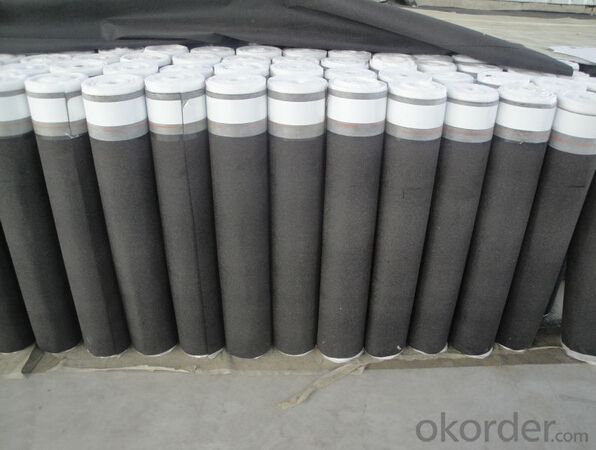
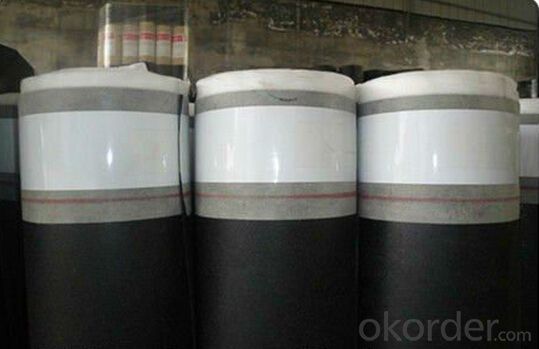
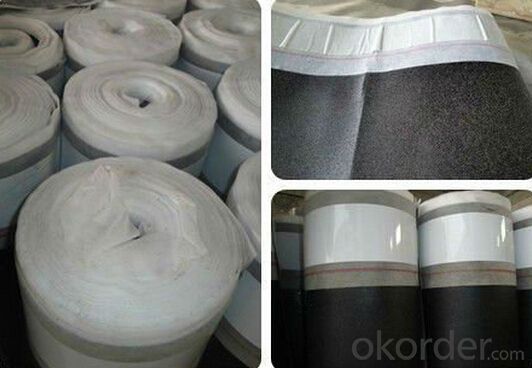
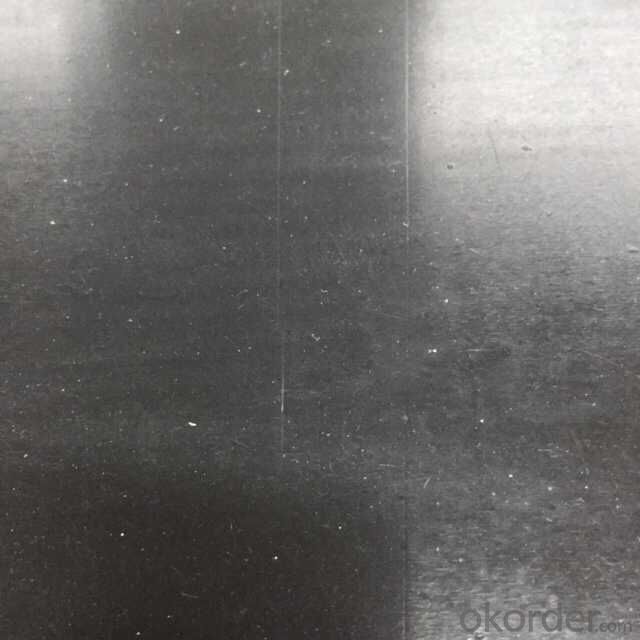
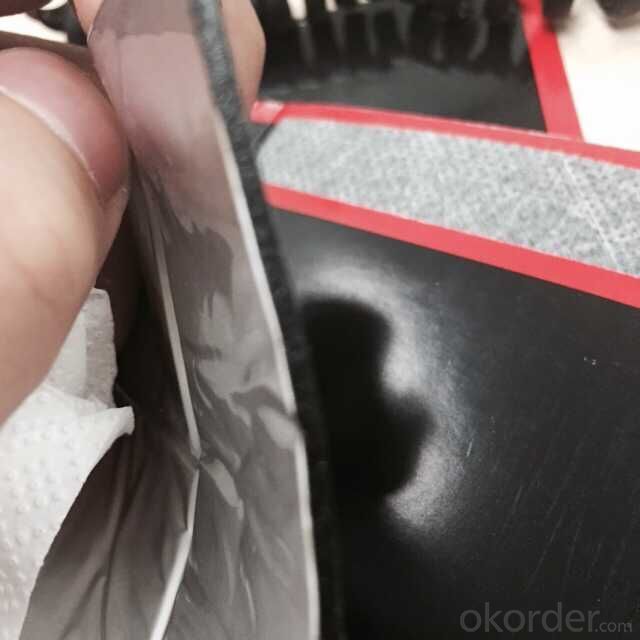
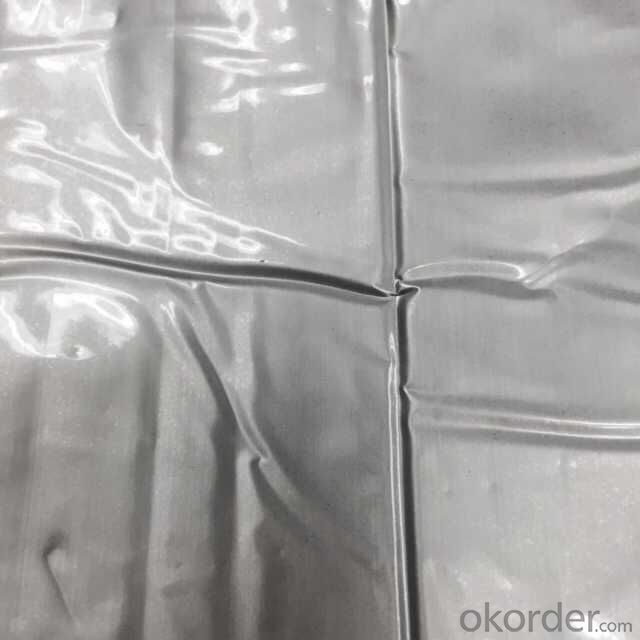
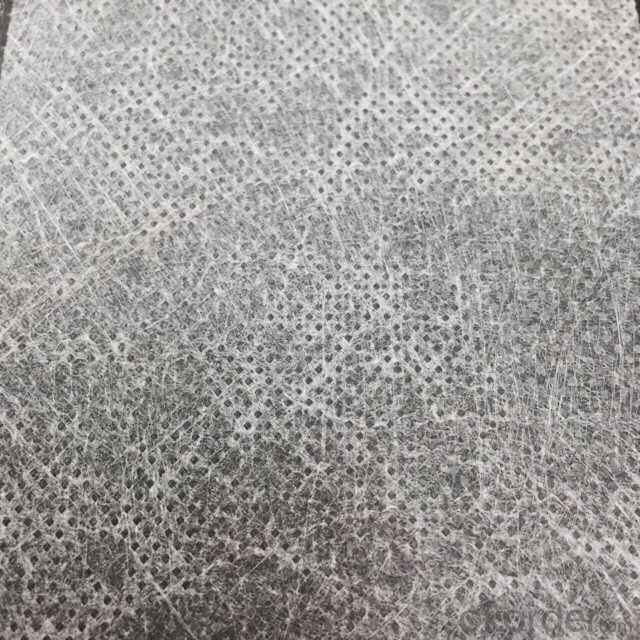
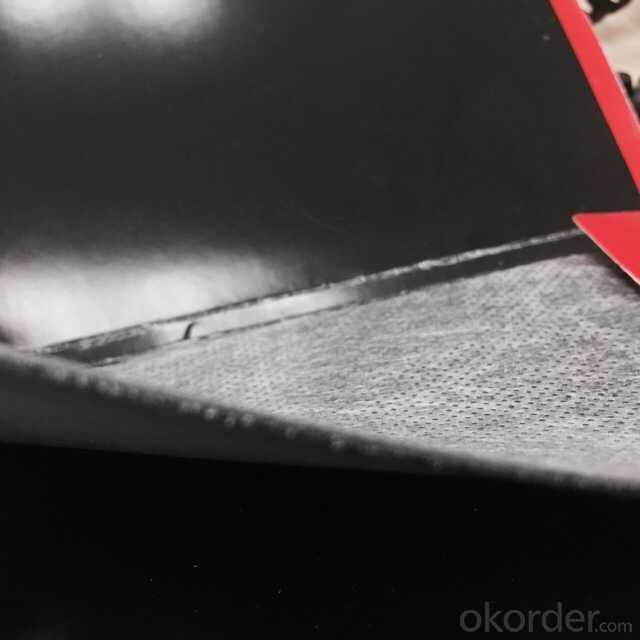
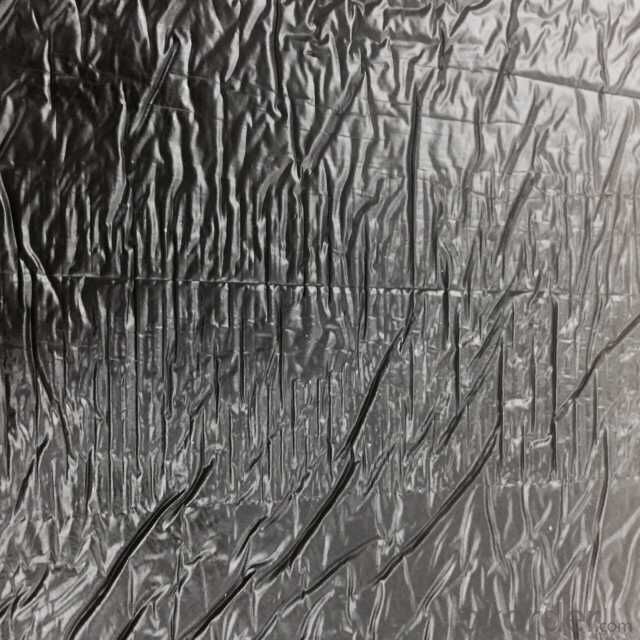
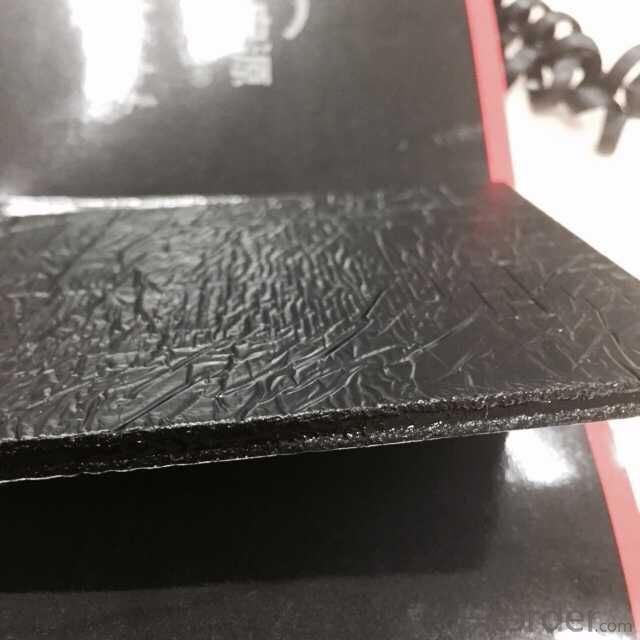
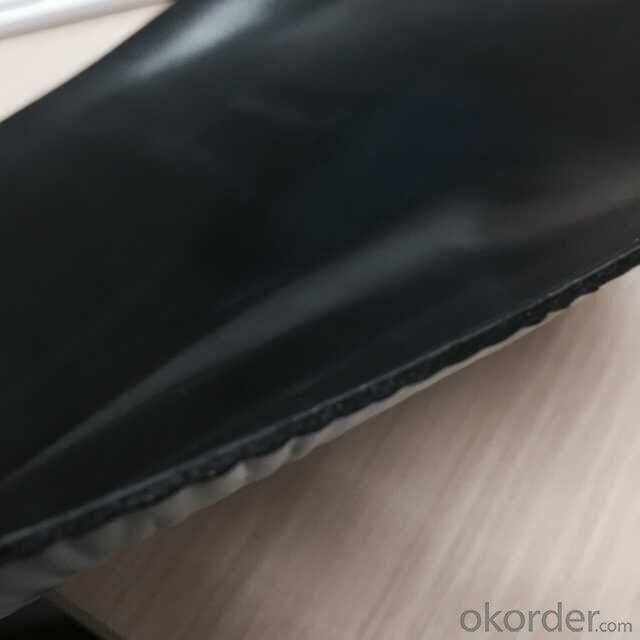
Storage Self-adhesive Waterproof Membrane :
Shelf life is 12 months. Store in a cool and dry place with original packing.
Breathable Waterproof Roof Underlay membrane (PP-PP,S-PP,S-S)
Permeable membrane is polymer modified asphalt based, with surface of high strength polypropylene fiber. Back side coated with self adhesive glue or antiskid sand. Made by special process. With excellent waterproof performance and breathable properties.\
Description | Specification | Width | Length | Thickness | |
Roof underlay | 500g/m2PP—PP | 1000mm | 30m | 0.8mm | |
600g/m2S—PP | 1000mm | 25m | 1.0mm | ||
1500g/m2S—S | 1000mm | 20m | 1.3mm | ||
Roof underlay with adhesive band | 500g/m2PP—PP | 1000mm | 30m | 0.8mm | |
600g/m2S—PP | 1000mm | 25m | 1.0mm | ||
1500g/m2S—S | 1000mm | 20m | 1.3mm | ||
It is used as the underlayment of cement tile, painted pottery watts and asphalt shingle. Also suitable for all kinds of architectural roofing, walls, underground waterproof and damp proof project.
Features Self-adhesive Waterproof Membrane :
It has good waterproofing and ageing-resistance function,not flowing at highest temperature and no crack at lowest temperature;
Easy application,no pollution,and long service life etc.
Usage Self-adhesive Waterproof Membrane :
It is widely used for industry and civil building --- the waterproof and dampproof of the roofs,basements,toilets etc;and the waterproofing of bridges,parking area,tunnels,reserviors etc.
It is specially suitable to the building waterproofing in cold area and to the buildings of changeable constructions.
Requirements for surroundings
-The base should be dry and clean. Do not work in the rainy or snowy day.
-Do not work under heavy wind(above 5 grade)
-Unsuitable for construction below 0°C
FAQ:
1. What are we supplying?
We are specialized in producing Colorful Asphalt Roof Shingle, SBS/APP modified bitumen waterproof membrane, Self adhesive bitumen waterproof membrane, PVC waterproofing membrane, EPDM rubber roofing membrane, Single Component Polyurethane Waterproof Coating, and Spray Polyurea Waterproof Coating
2. How Many years experience do we have?
We have been exported to more than 20 countries in the past 15 years.
3. How long do we usually reply your request?
We always reply our customer within 24 hours.
- Q: Waterproof building materials after the construction of drums, bubble is what reason?
- Reason 2: Construction, due to the construction of the membrane waterproof layer of paving is not true, so that part of the empty, remain in which to form a bubble. Control measures: in the asphalt waterproofing membrane construction, the first surface of the coil clean. When laying the web, the mastic should be painted evenly and carefully compaction work to enhance the cohesive force between the web and the base, the web and the web. High polymer modified asphalt waterproofing membrane construction, the flame heating to be uniform, full, moderate. Paving to roll forward while hot, while rolling with a pressure roller to exclude the air below the coil.
- Q: Can a waterproofing membrane be used on precast chrome surfaces?
- Indeed, precast chrome surfaces can be safeguarded by employing a waterproofing membrane. These membranes are frequently utilized to shield surfaces against water harm and hinder moisture from infiltrating the structure. In addition, the application of a waterproofing membrane on precast chrome surfaces can prove advantageous by guaranteeing their endurance and robustness. By creating a barrier between the surface and any potential water infiltration, the membrane effectively safeguards the precast chrome, sustaining its aesthetic appeal and functionality. It is crucial to select a waterproofing membrane that is harmonious with chrome surfaces and adhere to the manufacturer's guidelines for accurate application.
- Q: Can a waterproofing membrane be used in high-traffic areas, such as decks or balconies?
- Indeed, high-traffic areas such as decks or balconies can benefit from the utilization of a waterproofing membrane. These membranes are specifically engineered to act as a protective barrier against water and moisture, which makes them an optimal choice for areas that are frequently exposed to the elements. Due to their durability and ability to withstand foot traffic, they are well-suited for high-traffic regions. Decks and balconies, in particular, often employ these membranes in order to prevent water damage to the underlying structure and ensure the long-term structural integrity of the area. Moreover, certain waterproofing membranes are intentionally designed to be slip-resistant, thereby enhancing safety in high-traffic situations. In general, incorporating a waterproofing membrane into high-traffic areas serves as an effective method to safeguard and prolong the lifespan of these surfaces, while simultaneously preserving their functionality and aesthetics.
- Q: Can a waterproofing membrane be used for a retaining wall?
- Yes, a waterproofing membrane can be used for a retaining wall. Retaining walls are typically used to hold back soil or other materials, and they are often subjected to moisture and water pressure. A waterproofing membrane can provide an effective barrier to prevent water from seeping through the retaining wall and causing damage. It can help to maintain the structural integrity of the wall and extend its lifespan. However, it is important to ensure that the waterproofing membrane chosen is suitable for the specific conditions and requirements of the retaining wall. Professional advice and proper installation techniques should be followed to ensure the effectiveness and longevity of the waterproofing membrane.
- Q: Can waterproofing membranes be used on elevator shafts?
- Yes, waterproofing membranes can be used on elevator shafts. Elevator shafts are often subject to moisture, especially in areas with high humidity or underground installations. Waterproofing membranes are designed to provide a protective barrier against water and moisture, preventing them from seeping into the elevator shaft and causing damage to the structural components or electrical systems. These membranes are typically applied to the walls and floors of the shaft, creating a watertight seal that keeps the interior dry. Additionally, waterproofing membranes can also help to prevent the growth of mold and mildew, ensuring a safe and healthy environment for elevator passengers and maintenance personnel.
- Q: Can a waterproofing membrane be used on both residential and commercial buildings?
- Yes, a waterproofing membrane can be used on both residential and commercial buildings. Waterproofing membranes are designed to protect the structure from water infiltration, regardless of the type of building. They can be applied to various surfaces, such as roofs, basements, and foundations, providing an effective barrier against moisture. Therefore, whether it's a residential or commercial property, using a waterproofing membrane can help prevent water damage and ensure the longevity of the building.
- Q: Can a waterproofing membrane be used for plant rooms?
- Yes, a waterproofing membrane can be used for plant rooms. Waterproofing membranes are commonly used in various applications, including plant rooms, to prevent water penetration and protect the structure from moisture damage. These membranes help maintain a dry and controlled environment, which is essential for the proper functioning and longevity of equipment in plant rooms.
- Q: Can a waterproofing membrane be used in kitchens?
- Yes, a waterproofing membrane can be used in kitchens. In fact, it is highly recommended to use waterproofing membranes in areas prone to moisture and water exposure, such as kitchens. These membranes are designed to create a barrier against water and prevent it from seeping into the underlying structure, protecting it from damage. They are commonly used on floors, walls, and even countertops to ensure a watertight seal and prevent water damage, mold growth, and other issues. Additionally, waterproofing membranes can also help with soundproofing and provide added durability and longevity to the kitchen surfaces.
- Q: Can a waterproofing membrane be used for a tunnel waterproofing system?
- Yes, a waterproofing membrane can be used for a tunnel waterproofing system. A waterproofing membrane is a flexible and durable material that is designed to prevent the ingress of water into a structure. It is commonly used in various construction projects, including tunnels, to provide an effective barrier against water penetration. In a tunnel waterproofing system, the membrane is typically applied to the exterior walls and floor of the tunnel. It is installed in multiple layers to ensure a watertight seal and to provide long-term protection against water infiltration. The membrane acts as a barrier, preventing water from seeping through the concrete or other tunnel materials. There are different types of waterproofing membranes available, including bituminous, PVC, and liquid-applied membranes. The selection of the appropriate membrane depends on factors such as the type of tunnel construction, the level of water pressure, and the specific requirements of the project. It is important to carefully choose and install the waterproofing membrane to ensure its effectiveness. Proper surface preparation, including cleaning and smoothing the substrate, is essential for achieving a good bond between the membrane and the tunnel surface. Additionally, attention should be given to properly sealing any joints, penetrations, or connections in the membrane to prevent water from finding its way through. Overall, a waterproofing membrane is a reliable and widely used solution for tunnel waterproofing systems. When properly selected and installed, it provides an effective barrier against water ingress, ensuring the durability and longevity of the tunnel structure.
- Q: Can a waterproofing membrane be used for airport runways?
- Airport runways, when faced with heavy aircraft traffic, weather conditions, and potential fuel spills, undergo significant wear and tear. To combat this, a waterproofing membrane can be utilized. This membrane acts as a protective shield, preventing water infiltration and subsequent runway deterioration. Moreover, it acts as a barrier against fuel, oil, and other chemicals that can weaken the runway structure. By reducing the impact of freeze-thaw cycles and obstructing the formation of cracks and potholes, a waterproofing membrane effectively prolongs the runway's lifespan. Ultimately, incorporating a waterproofing membrane enhances the durability and safety of airport runways, ensuring seamless operations and minimal maintenance expenses.
Send your message to us
Self-adhesive Waterproof Membrane CMAX Brand
- Loading Port:
- Qingdao
- Payment Terms:
- TT OR LC
- Min Order Qty:
- 2000 m²
- Supply Capability:
- 60000000 m²/month
OKorder Service Pledge
OKorder Financial Service
Similar products
Hot products
Hot Searches
Related keywords
